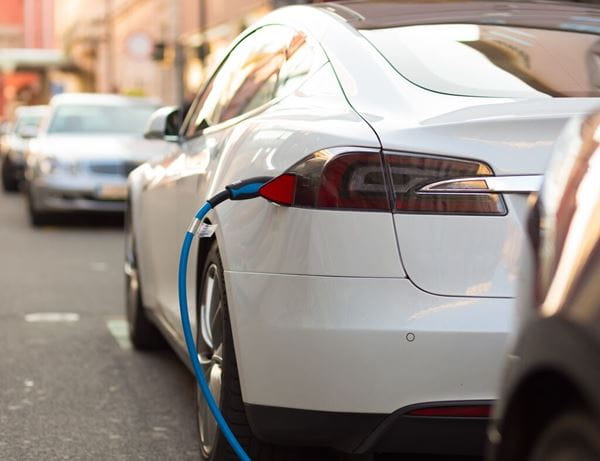
Can Gamification Improve Fleet Safety?
Using the ‘challenge-and-reward' qualities of a game to make a task more appealing is a strategy that, across a wide range of industries, is being increasingly deployed.
Steven Kirwan, Director of Operations at LeasePlan Insurance:
Known as ‘gamification’, it’s a powerful way of improving buy-in, tapping into our inherent desire to compete and receive rewards as a way of boosting engagement and encouraging improvement. In the fleet arena, specifically, there are plenty of ways gamification can be applied. Drivers could be rewarded for operating more efficiently or taking proper care of their vehicle. Alternatively, it could be used to improve safety on the roads.
As an industry, we’re acutely aware of how important road safety is. Driver behaviour has an impact on just about every aspect of fleet management – from fuel costs and insurance down to the reputation of your business. And of course there’s human lives involved: our own research at LeasePlan UK has found that excessive speed is the main factor in 30% of fatal accidents.
So, could gamification really make a difference? Well, there are studies out there which show that it can lead to more than a 50% increase in safer driving.
For the gas distribution company SGN, introducing gamification and some healthy competition through the comparison of performance standards across its depots has helped reduce incidents of idling by 68%, mileage by 16%and mpg by 11%. Meanwhile, Zenith Hygiene Group introduced driver league tables which has resulted in an annual fuel cost saving of more than £220,000.
There are even fleets that are already working on it already. Tesla, for instance, is planning to use five safety factors to assess its FSD Beta drivers, awarding daily safety scores which will be combined to calculate an aggregated score.
In short, it seems to be something the industry is open to. One recent study of ours revealed that a third of fleet managers think gamification would help to improve their own drivers’ health and safety.
More than that, it’s something many of us are well-placed to introduce. With the huge amount of automotive innovation taking place, fleets are now built on data. We can track vast amounts of information on performance, efficiency and, crucially, safety. Surely, it’s worth using that insight to reward drivers for thinking more about how they’re operating.
What should gamification look like?
In most cases, gamification comes in the form of a mobile app. There’s no shortage of road safety apps available, but the trick is often ensuring your drivers are engaging with it, as opposed to simply treating it as a box-ticking exercise. That’s why gamification is often so effective. A high-quality app will provide drivers with regular challenges, with rewards on offer for each undertaken.
There are plenty of solutions to choose from, depending on the size of your fleet or the change you’re trying to achieve. Shop around, consider a few different options and make as informed a decision as possible about what would work for you.
How should it be implemented?
If a fleet manager is hoping to use gamification as a way of genuinely improving driver safety, there are certain steps they should take. First, they need to identify the specific areas they’d like to improve. Are they looking to cut drivers’ speed? Make sure they’re carrying out regular checks on their vehicles? Choose your focus and set clear targets for your drivers to work towards.
Once those targets are in place, make sure the rewards on offer are not only clear but are prizes your drivers would actually want to win. There’s no sense going to the trouble of implementing a strategy if the end-goal isn’t enough to convince drivers to engage. Check the results regularly, and where possible, look for opportunities to piggyback on their heightened investment by offering extra training or coaching. If you have their attention, make the most of it!
See it as a long-term initiative, not a quick fix
As brilliant as it is that so many fleets are open to gamification, it’s important to understand this isn’t a quick fix. When it comes to road safety, what we're trying to achieve is a behaviour change; something which will take time if we want it to stick. More than that, it requires regular, conscious effort on the part of those drivers.
Gamification can help achieve all of that and more, by providing a reason for teams to engage and keep the end-goal front-of-mind. But it’s a long-term initiative; one that requires continued investment to turn short-term reward into long-term improvement.

.jpg?rev=3adbd558867c4d92bf9f22752f12a09c&mw=600)



